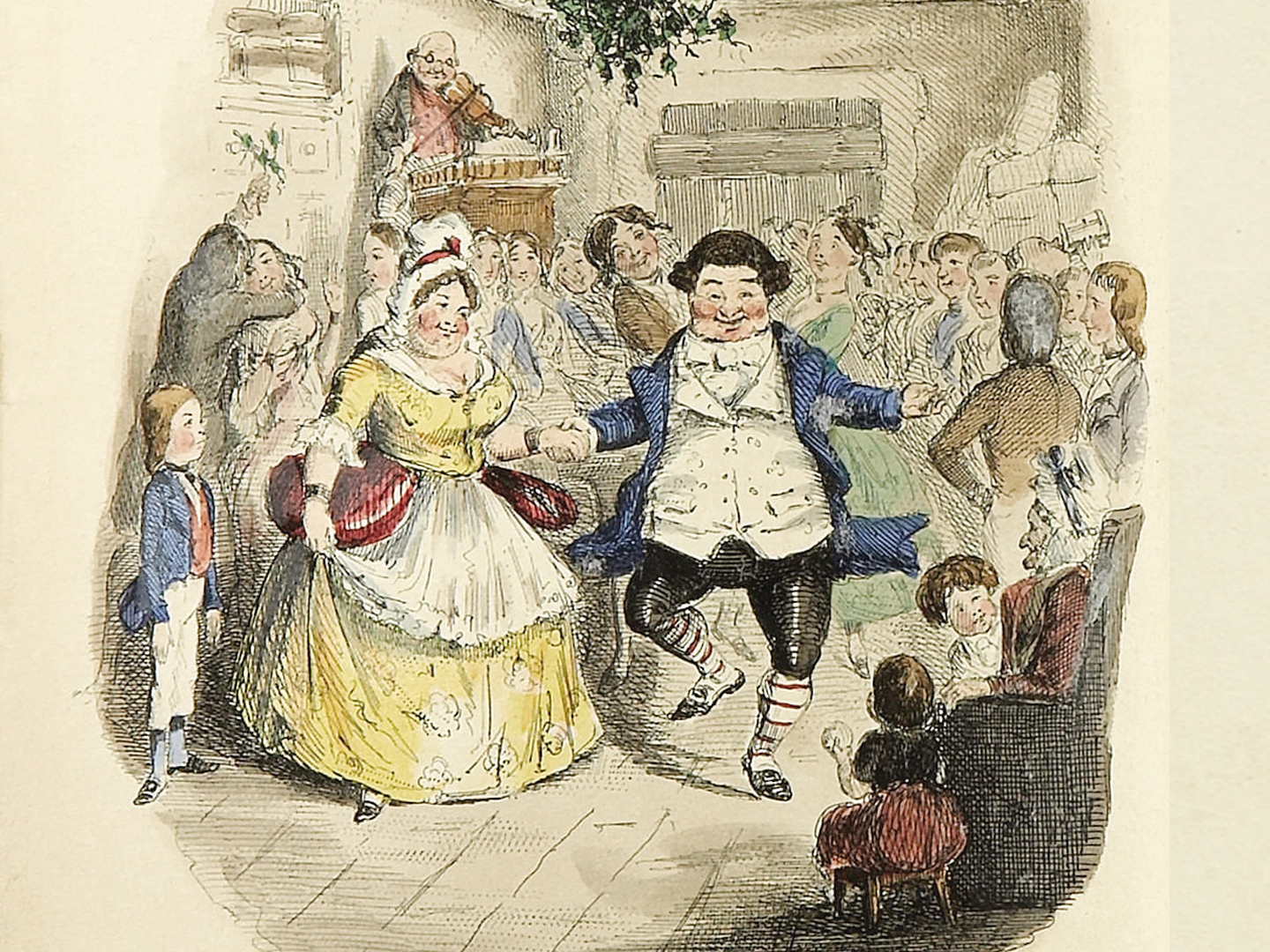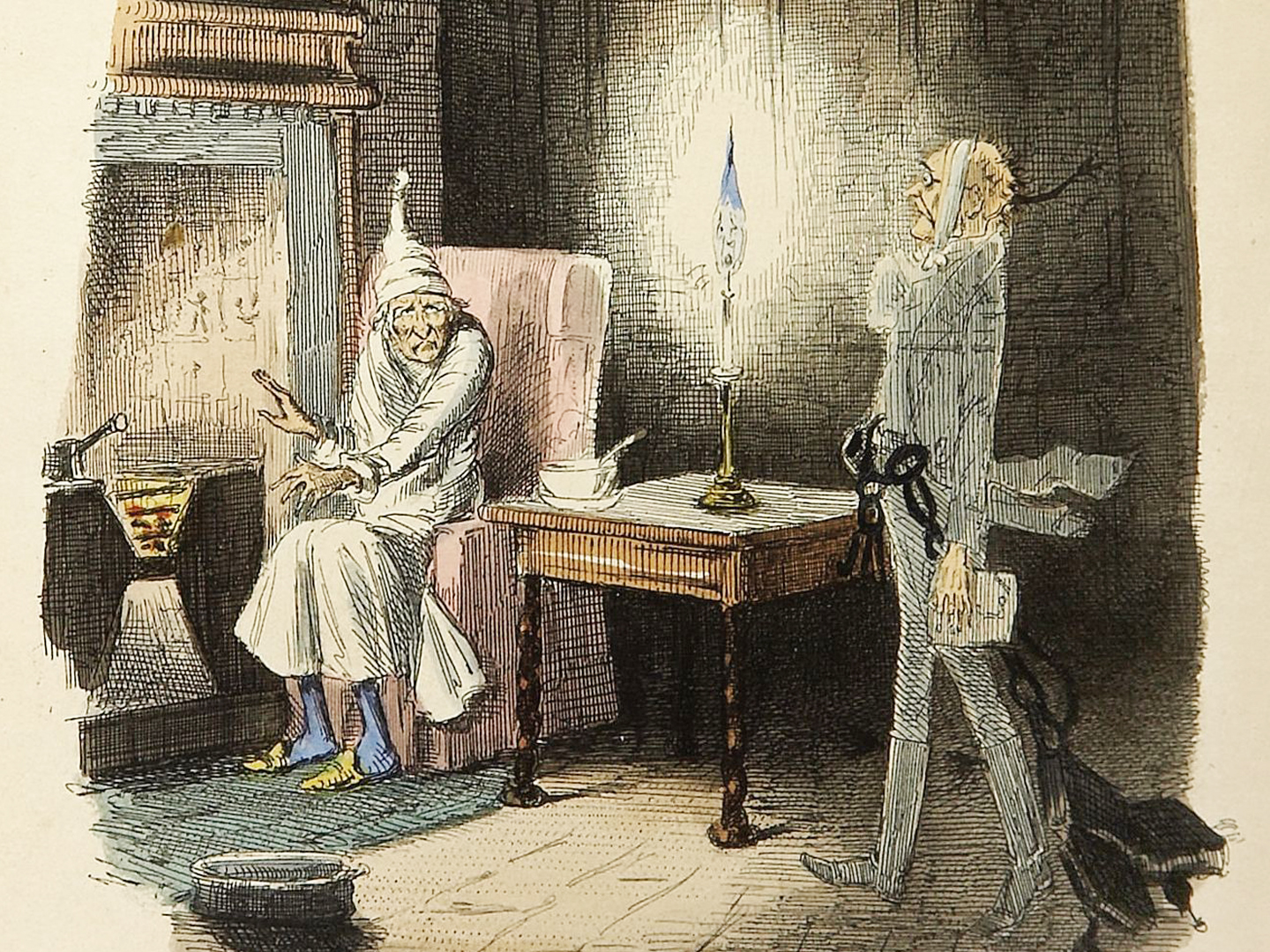
A Christmas Carol Legacy: Remembering John Leech’s Timeless Illustrations
I will honor Christmas in my heart, and try to keep it all year.
Ebenezer Scrooge in A Christmas Carol by Charles Dickens
These words, spoken by Ebenezer Scrooge toward the end of Charles Dickens’s A Christmas Carol, complete the redemptive transformation that begins early in the novel. The sentiment behind the words is credited with ushering in the modern idea of Christmas and the festive vision of the holidays that have endured since Dickens first published the novel in 1843.

Dickens was in his 30s when he planned to publish a stinging manifesto about child labor laws and government policies against poor children. He had researched the ghastly conditions of England’s mines and discovered powerful oral histories of real English children. Before publishing however, he shared his manifesto with friends. They argued against his instincts to fight for justice in what they thought was a misguided diatribe. Instead, they insisted that he go at it by writing a story.
Dickens’s last two novels had not sold well. Driven by the distinct possibility of financial ruin, he pushed himself to write A Christmas Carol in mere weeks. In writing it, he imagined a story that folks could return to again and again. He thought he could easily achieve this if he had the novel illustrated.
For the task, Dickens chose John Leech, a caricaturist and illustrator known for his humor and satirical bent. Although Leech worked for Punch, a popular magazine, Dickens found his illustrations to have a certain sophistication.

Leech painted only four plates for A Christmas Carol, but the images had the intended effect that Dickens had hoped. The depictions of Marley’s Ghost and Mr. Fezziwig’s Ball in particular became visual imprints in the minds of readers. The illustrations have been copied and recreated in countless other mediums including theatre, television, films and paintings. They serve as the basic visual footprint for the story.
Dickens and Leech worked well together and had a long-lasting partnership. Leech illustrated subsequent Dickens novels. As newspaper and magazine cartoons specialist James Whitworth writes in the British publication The Conversation, “while many other artists have illustrated editions of A Christmas Carol over the years, Leech’s work on the original has given him the right to claim what it was not just Dickens who was the man who invented Christmas.”
A version of this story appeared in the Ford’s Theatre playbill for the 2019 production of A Christmas Carol.
José Carrasquillo is Director of Artistic Programming at Ford’s Theatre.

